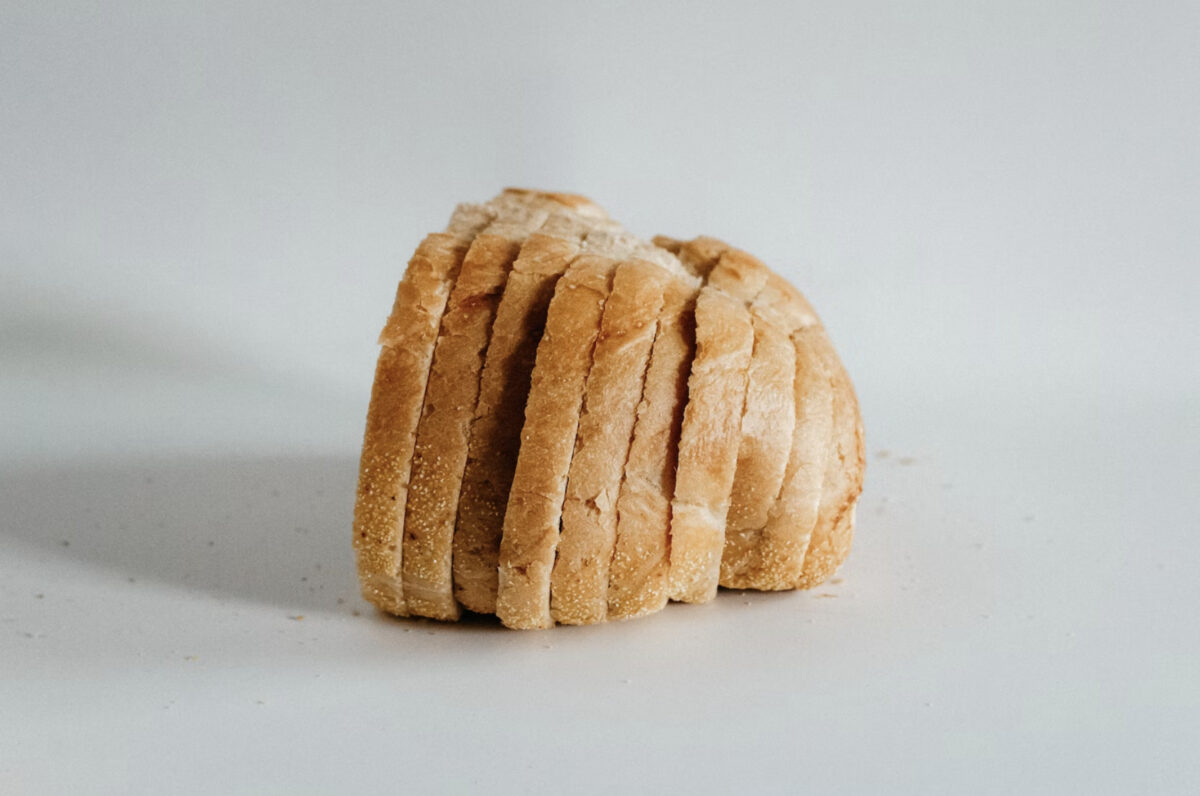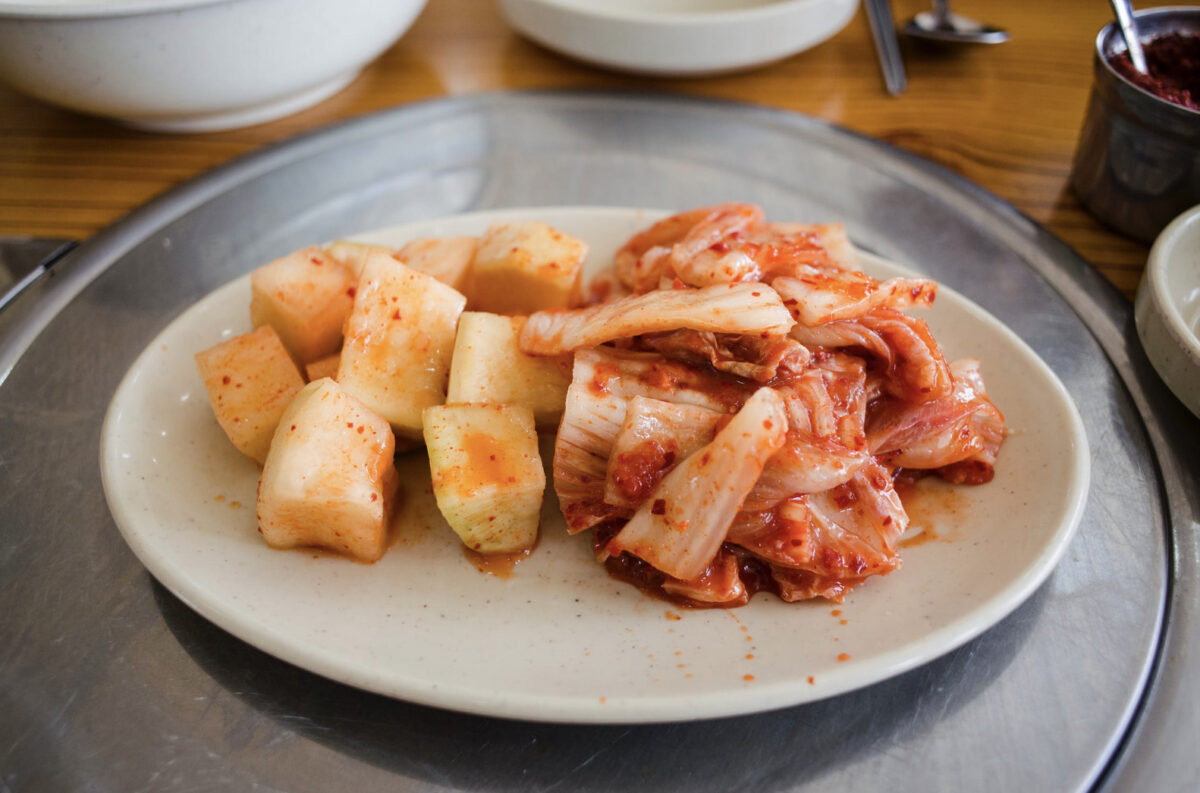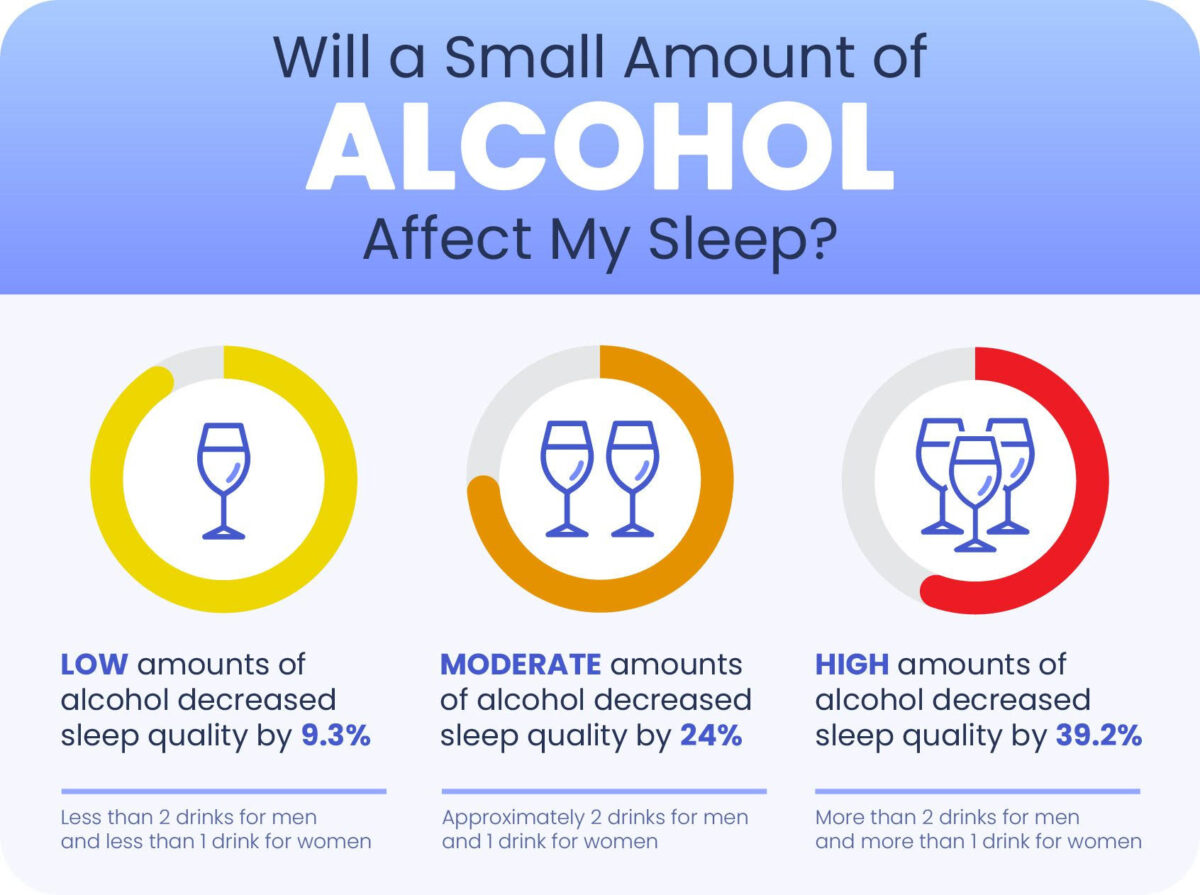By Tim Irvine
One thing is certain: If you want health information, there are endless options for you to explore. The problem is that it is rare to have good quality information to educate yourself confidently. Well, we are here to help.
The following resources are go-to’s for the pros at Totum Life Science. One of Toronto’s most trusted wellness companies for the last 20 years. Pick the ones that fit you and see your wellness IQ skyrocket.
Lifestyle Wellness
– Outside Magazine; lots of great articles typically outdoor and endurance related, but man, they do a great job covering fitness and health, and with an emphasis on it happening in the outdoors, which makes it even better.
– Rich Roll – is a great athlete, author and public speaker. Most of the content is wellness-based, and his years of experience and variety in guests help to cover a wide range of topics.
– Harvard Health – Not surprisingly, Harvard has a great resource newsletter and a deep library of many topics.
– Huberman labs – A deep dive podcast and newsletter that sends out once a month content that is well researched and meant to provide deeper insights into the topic of the month.
– Peter Altia – with his newsletter and podcast, Peter has focused on longevity through various health topics. It is great for short and long games.
– Found My Fitness – A very thorough scientist who does a great job translating the evidence of fitness & longevity. Also known as the Broccoli Sprout Queen!
Nutrition
– Examine.com – This is a fantastic resource if you are looking for unbiased, research-backed information on supplements and health information. It has free information and a subscription component if you want to dive into specific topics.
– Precision Nutrition – This is a well-researched newsletter with creative writing and information that cuts through all the noise to give you the most up-to-date information on nutrition topics.
– Forks Over Knives – fun recipes and always great suggestions on tips for easily understanding why we should incorporate more Real Foods
Movement
– Sweat Science; Alex Hutchinson writes for the Globe and Mail and Outside magazine. This Canadian author and athlete exceptionally tackle interesting physical performance topics. If you are active, you should follow this one.
– Eric Cressey is more for us industry folks focused on physical performance. Current approaches to strength and conditioning as well as managing/preventing injury. Plus, many short videos of great exercises.
– High Intensity Health – This resource is another well-researched general wellness site. It leans more towards the workout crowd but does provide ample information on other health topics.
– Reasonably Fit with Jason and Lauren Pak – an exercise-focused podcast with a dash of nutrition information.
Bonus – Great Books To Read
- Stolen Focus & Lost Connections by Johann Hari – Johann helps people understand the components that create mental health.
- Why We Sleep by Matthew Walker – so many gems of facts on sleep are explained in a very digestible way.
- How Not to Die / Diet by Dr. Michael Gregor – all things Real Food, broken down into health categories (Alzheimer’s, cancer, heart disease etc.).
- Breath by James Nestor – fascinating insights on an underused organ! Learning what your nose does and how to make it stronger! Great for learning how to improve performance, cognitive ability, and sleep.







